Continue reading to know the data science vs data mining comparison.
Data is ruling the world right now. Moreover, with every passing second, new data is coming into the picture. As such, the data processing techniques are becoming better. As humans, we are trying to cope up with and develop new approaches to process and make sense of so much data.
The processing and analysis of data is the essence of data science. Data is not just numerical data as we would have thought a few years back. It is not simply a set of numbers [10,20,30,40].
Today’s digital age data encompasses everything: quantitative data, qualitative data, images, videos, documents, emotions, medical data, business transactions, email text reports, and so on. The list is endless. Everything published on the web, everything spoke by someone, shared by someone, is DATA.
With so much information at our disposal, it is not easy, obviously, to know what is relevant for a business. Data science does just that – understand and retain only what is essential in the data accumulated from various sources to generate business insights to be strategically enhanced. Before starting the data science vs data mining comparison, let's first talk about data mining.
Where does Data Mining Fit?
Data mining wasn’t coined until the 1990s when discovering more patterns and information became complex and required more resources. As the digital presence of companies was increasing, so was data. To sum it up, data mining is a smart way to extract useful information while eliminating redundant parts of data.
Some people also like to call it Knowledge Discovery or knowledge mining i.e. creating something meaningful from a messy form of data. Data mining is one of the several steps in the data science lifecycle. It involves the following tasks:
-
Data Acquisition and Cleaning
Obtaining data from multiple sources, integrating the data, and removing the inconsistencies, redundancies, missing values, etc.
-
Data Selection
Here, we transform big datasets into a more useful subset required to solve a particular (set of) business problem(s).
-
Data Transformation
The data is transformed by performing aggregation, normalization, and applying statistical methods to get actionable insights.
-
Data Analysis and Mining
This is the step where we analyze the data to get the patterns. Some standard techniques are association and clustering .
-
Data Evaluation
Only the important insights and patterns are retained while everything else is discarded to arrive at informed business decisions.
The Process of Data Science Lifecycle
We have understood that data mining is an essential step in the data science lifecycle process. Web scraping and data manipulation are data mining processes that help get better insights from structured or unstructured data. To cut the chase, the scope of data mining is limited when compared to data science.
Here is how the data science lifecycle takes place (please, don’t be overwhelmed with the terms; you will get them when you do!):
-
Data Collection/Acquisition
Collect the data from various sources and store it someplace. Sometimes, this process is also included in data mining (say for smaller projects).
-
Data Cleaning/Wrangling
The integrated data is cleaned, sorted, and other functions like aggregation are applied to the data. Further, we transform this dataset into a new, better dataset with the necessary variables.
-
Data Mining
Next, we perform on the data to get some first-hand insights. It also uses algorithms to gain insights. Some popular algorithms are clustering and association rules.
-
Data Analysis
After the initial analysis and understanding of some patterns and insights about data, we apply machine learning algorithms to understand data and arrive at more accurate results.
-
Data Visualization
It is easier to view and analyze data in graphs and charts than writing many words. Visualization helps to see data mining results and analysis in an easy-to-understand manner and offers some more useful insights.
The model is applied to real datasets, and then the accuracy of the model is checked.
-
Evaluation and Performance Improvements
If the model is overfitting or underfitting, we apply various techniques to improve the model's performance. Notice that data mining is just one step in the entire data science process. Then why are the words used interchangeably so many times?
That’s because data mining is the most significant and most time-consuming task in the entire data science lifecycle. Even with many tools and techniques, data mining involves many processes, as we have seen above.
Data Science vs Data Mining: The Tools
Data mining is a part of data analytics, which, in turn, is a part of data science. You can get a better idea from the following figure:
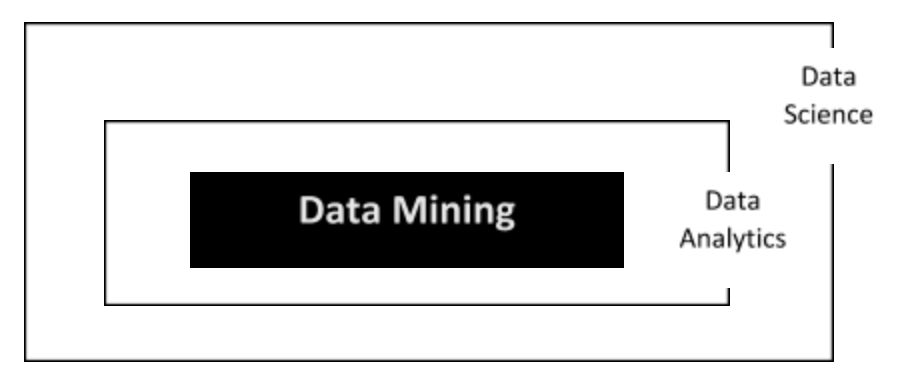
Data Science Tools
Data science tools include big data frameworks , statistical tools, visualization tools , mining tools , analytical tools , and machine learning tools. However, when data reaches the mining stage, it is mostly structured, so data mining tools do not involve big data tools. Data science tools are generic, whereas data mining tools are more specific. Some of the many tools used for data science are:
-
Apache Spark
Spark is a powerful analytical engine that can handle batch processing and stream processing. It provides in-memory computing making it one of the fastest big data processing frameworks. Spark also has a very efficient cluster management system and is much better than Hadoop and about 100 times faster than MapReduce.
-
SAS
SAS is a closed-source proprietary tool for data analysis and statistical modeling. It is very reliable and has strong data analysis capabilities. SAS supports many data formats and data encryption algorithms and is suitable for large organizations with huge datasets to analyze.
-
MATLAB
It is useful not only for machine learning but also for advanced deep learning algorithms. Using MATLAB, data scientists can perform highly complex computations, matrix operations, statistical modeling, and create powerful visualizations. MATLAB is an excellent end-to-end tool from the data cleaning stage till obtaining the required data insights.
-
RStudio
It is a rich IDE for the R programming language. RStudio features some top libraries for data analysis and complex statistical computations. It is user-friendly, has excellent documentation and broad community support. RStudio provides a friendly GUI for working with R. You can perform colorful visualizations, perform analytical operations, and create scripts easily. RStudio works on different platforms and is free and open-source.
-
Jupyter Notebooks
Jupyter notebooks are trendy among Python developers , especially data scientists, because of their ability to display plots interactively. You can use Python libraries for data cleaning , transformation, machine learning, visualization, etc. Compared to PyCharm, Jupyter Notebook is more flexible. Also, it is free and open-source.
Data Mining Tools
Many data mining tools are user-friendly even for those with no technical knowledge as they provide no coding, but a simple GUI. Some essential data mining tools are:
-
Weka
Weka is a very user-friendly and open-source tool for data mining. It is much preferred by data miners and requires no coding. It has rich tools for clustering, visualization, association, and classification. Weka is written in Java and also contains pre-processing tools and machine learning algorithms.
-
RapidMiner
RapidMiner is a visual environment that requires no coding. The GUI makes it easier to process data and design accurate models. It supports R scripting and can use algorithms from libraries like H2O , Weka, and many others. Rapid Miner has intuitive visualizations and also gives provisions to transform unstructured data into structured data.
-
Apache Mahout
Mahout is a data mining framework in which you can perform mining tasks quickly and efficiently. It runs on top of Hadoop, so it works well in a distributed environment. Apache Mahout includes implementations of many algorithms, like k-means, mean-shift, and naïve-Bayes that are commonly used for data mining.
-
Teradata
It follows an open parallel architecture. Teradata miner allows for faster iterations for model feedback and correction and simplifies data profiling. You can create intelligent and intuitive data sets using it. Teradata is used mainly for data warehousing applications and supports over 50 petabytes of data.
-
Orange
Orange allows for easy creation and execution of workflows. It provides a visual-feature-rich toolbox. You can go any level deep using the data visualization techniques available in this data mining tool. You can do everything visually in Orange, so there is no need for coding. Still, if you want to code, you can do so with Python scripting. Orange is open-source.
Data Science vs Data Mining: A Head-to-Head Comparison Table
Now that we are clear as to where does data mining stands in the data science lifecycle , it is time to summarize the differences side-by-side. Here is the data science vs data mining comparison table:
| Data Mining | Data Science |
| Involves data analysis and modeling to find trends and patterns in data using past and present data. | Involves the entire process of finding insights and arriving at business decisions starting with data collection and ending with making relevant business decisions. |
| It is a knowledge discovery process from the data obtained and is a part of the KDD (Knowledge Discovery in Database) process. | It is a whole process from data discovery to achieving data wisdom from the data knowledge obtained in the mining step. |
| Mostly involves using structured data that has been formatted and transformed before. | Uses both structured and unstructured data as well as tools, algorithms to extract relevant information. |
| Doesn’t need visualizations in many cases. Scientific and mathematics methods and techniques are used to derive facts. | Uses analytical tools, business intelligence, visualization tools, and much more. |
| Limited to finding trends and patterns. | Includes deriving actionable insights, verify or reject a hypothesis, and make better business decisions. |
| More involved in the process, and focuses on scientific and mathematical aspects of data. | Focuses on the overall business picture and contains the right mix of business and technical aspects. |
| Some popular applications are market basket analysis, fraud detection, customer segmentation, CRM (Customer Relationship Management), lie detection, surveillance, and crime analysis. | Has a wide range of applications, like managing logistics with best available resources, personalized healthcare/movie/product recommendations, detecting and predicting diseases, and image and speech recognition. |
Summary
Here is a quick recap of the data science vs data mining article:
- Although used interchangeably; however, data science is the umbrella term that encompasses data mining as well.
- Data mining is the process in which data is turned into insights by digging (mining) through various past and present datasets and finding patterns and trends in the data.
- There are several tools and techniques to perform mining, and there are even more for data science.
- Data mining requires a lot of technical and analytical knowledge, whereas data science needs business knowledge along with technical, analytical, and creative capabilities.
People are also reading:
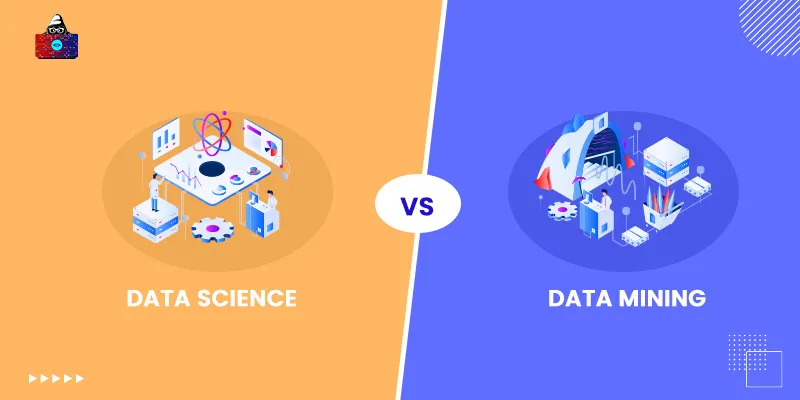

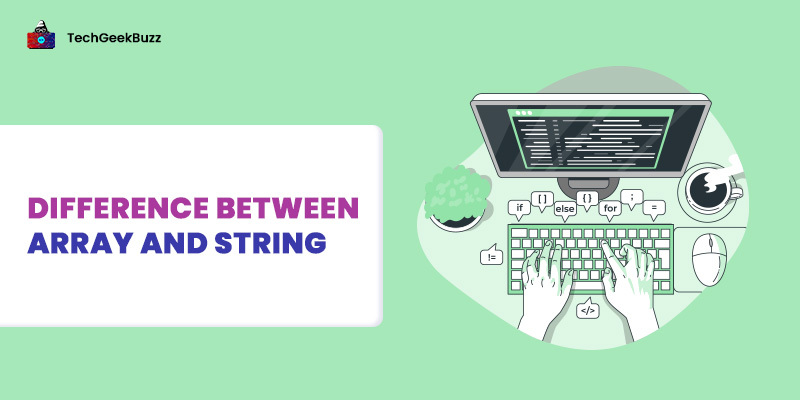
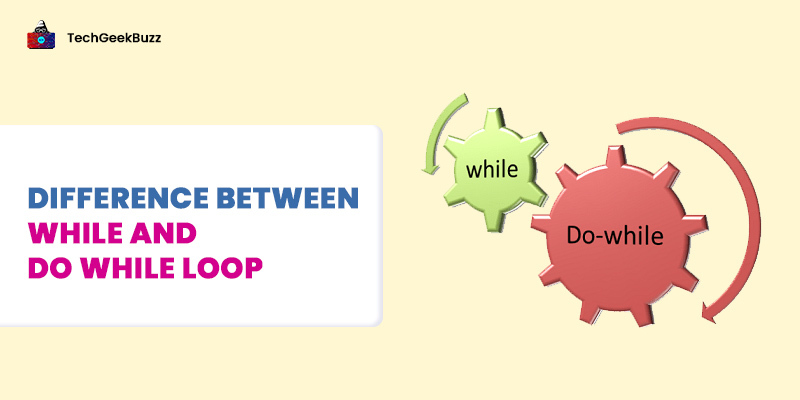
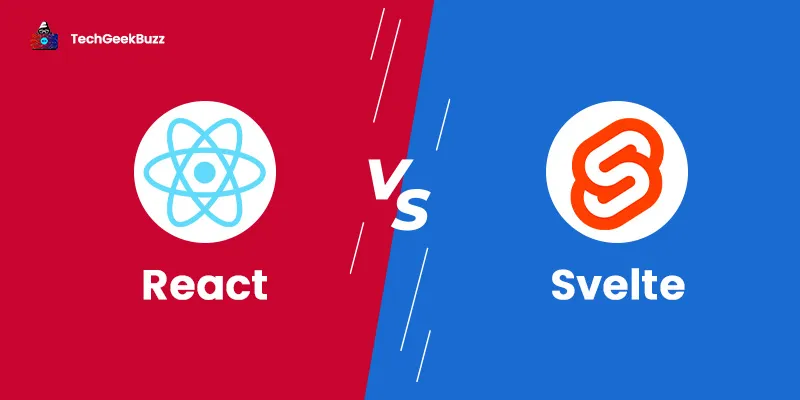
Leave a Comment on this Post